Perhaps no one in history has been as maligned in the Western Press as Joseph Stalin.
On December 18, 1878, Yosif Djugashvili was born in what is now the country of Georgia. He was born to a very poor family. His father was a shoemaker.
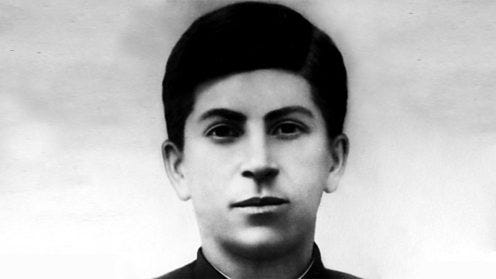
This is Stalin at age 16, when he started studying seminary studies at the University
He had to drop out of seminary university because his parents could not afford the fees. This made Stalin very conscious of how income inequality is oppressive. He started his own Marxist study circle.
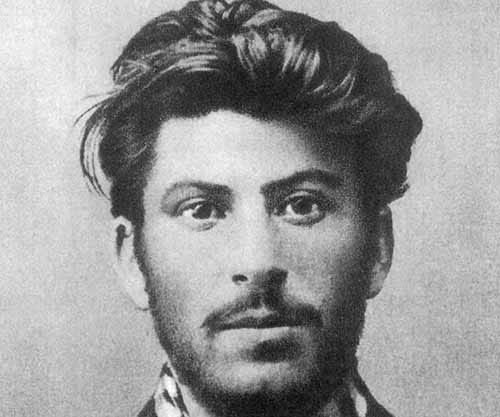
In 1902, Stalin worked at a warehouse that caught fire. He began his activism there. He called for strikes to demand increase in pay, workplace safety measures. Soon enough, the Tsar learned that Stalin was organizing these strikes, so they arrested him. This is his mugshot
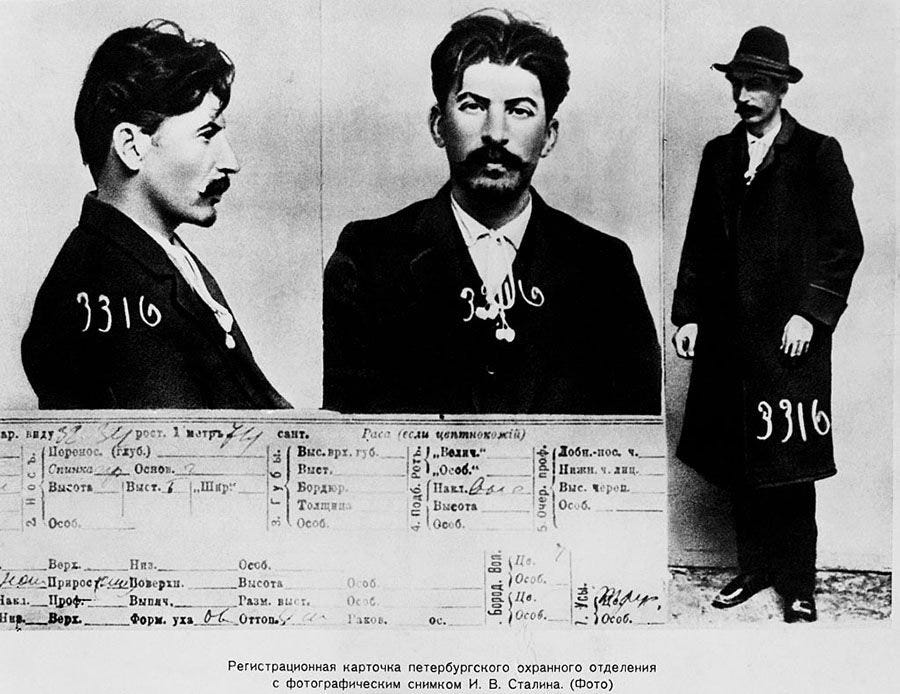
While he was in prison, he continued to agitate for workers’ rights. He organized a protest against a religious cleric’s visit. He also demanded that those in jail for political activities would live together. They put him in solitary confinement for this. However, his term in prison didn’t last long. He escaped and returned back to Georgia.
In 1912, he started using the moniker "Stalin" which means "Man of Steel" in Russian because marxism and socialism was illegal under the Tsar. After the Bolshevik Revolution, he was appointed by the new government as People's Commissar for Nationalities' Affairs. His job was to establish liaisons and win over non-Russian citizens of the former Russian empire, and he was able to unite people of many factions and religions to join the Bolsheviks during the Russian civil war.
In 1922, he was elected as the General Secretary for the Party. He was very shy and not a very good orator. However, he was elected to be the leader of the USSR once Lenin died in 1924. At first, he didn’t want the position, but the people wanted him to be the Leader. Journalist Anna Louise Strong, who was in Russia during the pre-war period, in 1936 explains
Stalin’s great moment when he first appeared as leader of the whole Soviet people was when, as Chairman of the Constitutional Commission, he presented the new Constitution of the Socialist State. A commission of thirty-one of the country’s ablest historians, economists, and political scientists had been instructed to create “the world’s most democratic constitution” with the most accurate machinery yet devised for obtaining “the will of the people.” They spent a year and a half in detailed study of every past constitution in the world, not only of governments but of trade unions and voluntary societies. The draft that they prepared was then discussed by the Soviet people for several months in more than half a million meetings attended by 36,500,000 people. The number of suggested amendments that reached the Constitutional Commission from the popular discussions was 154,000. Stalin himself is known to have read tens of thousands of the people’s letters.
Two thousand people sat in the great white hall of the Kremlin Palace when Stalin made his report to the Congress of Soviets. Below me, where I sat in the journalists’ box, was the main floor filled with the Congress deputies; around me in the loges sat the foreign diplomatic corps; behind me, in a deep gallery, were citizen-visitors. Outside the hall tens of millions of people listened over the radio, from the southern cotton fields of Central Asia to the scientific stations on the Arctic coast. It was a high point of Soviet history. But Stalin’s words were direct and simple and as informal as if he sat at a fireside talking with a few friends. He explained the significance of the Constitution, took up the suggested amendments, referred a large number of them to various lawmaking bodies and himself discussed the most important. He made it plain that everyone of those 154,000 suggestions had been classified somewhere and would influence something.
Among the dozen or more amendments which Stalin personally discussed, he approved of those that facilitated democratic expression and disapproved of those that limited democracy. Some people felt, for instance, that the different constituent republics should not be granted the right to secede from the Soviet Union; Stalin said that, while they probably would not want to secede, their right to do so should be constitutionally guaranteed as an assertion of democracy.
You can read the rest of her report here
However, during the Cold war, ridiculous amount of Western Propaganda spread with ridiculous amount of myths that usually came from self-serving testimony of Nazis. For example, in this 1950s anti-communist comic book, they recognize that the wealthy rural landowners burned their crops. While they call them “peasants”, back then peasants referred to anyone in the rural area regardless of their wealth.
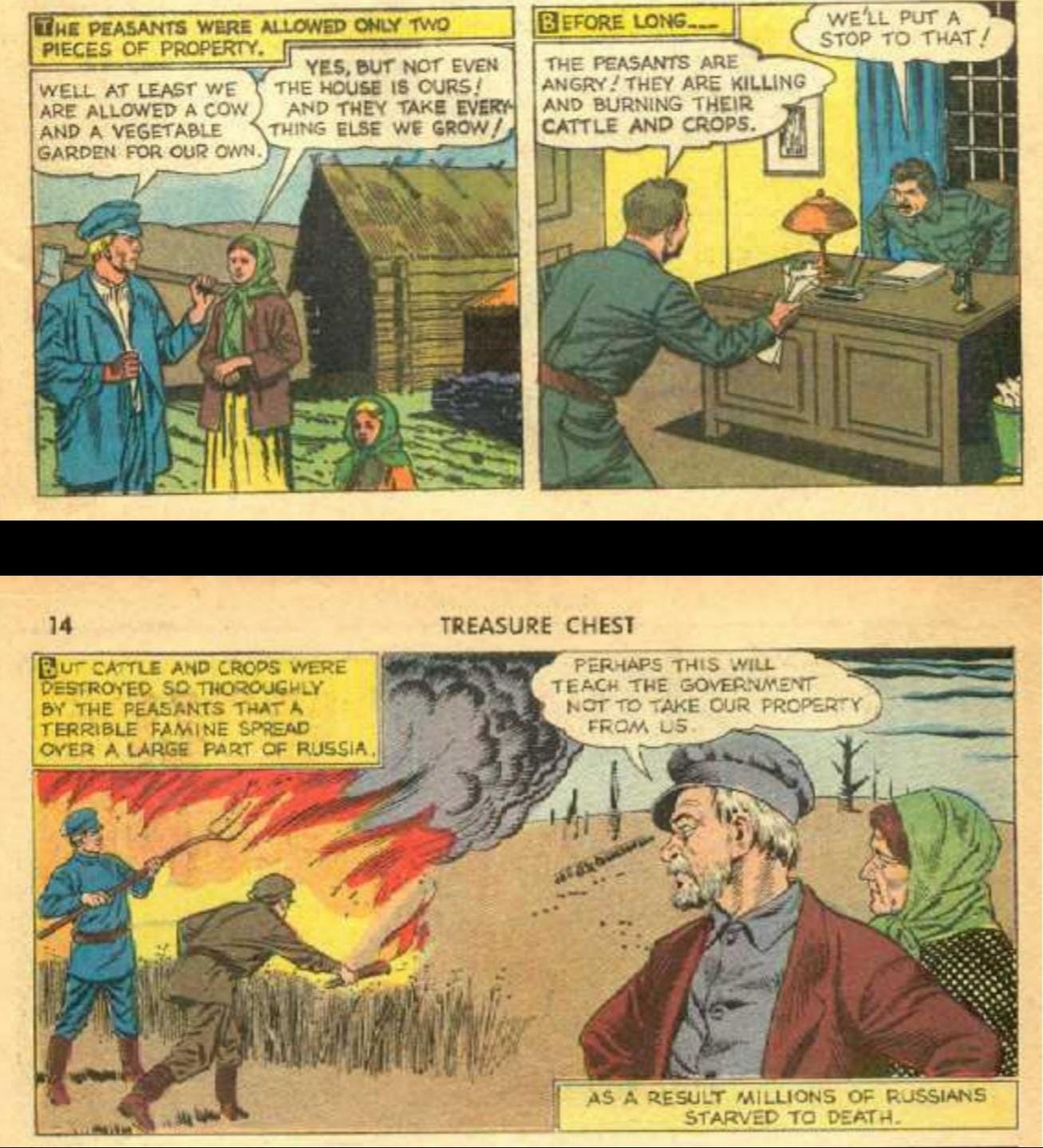
Today, Grover Furr focuses on all the myths and legends surrounding Joseph Stalin, especially the underpinnings in the western press (Bourgeoise press).






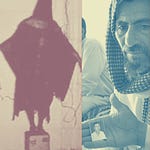
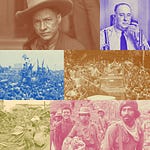
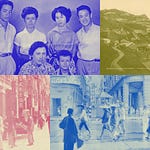
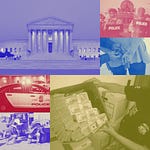
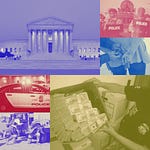



The Man, the Myth & Legend Of Joseph Stalin with Grover Furr